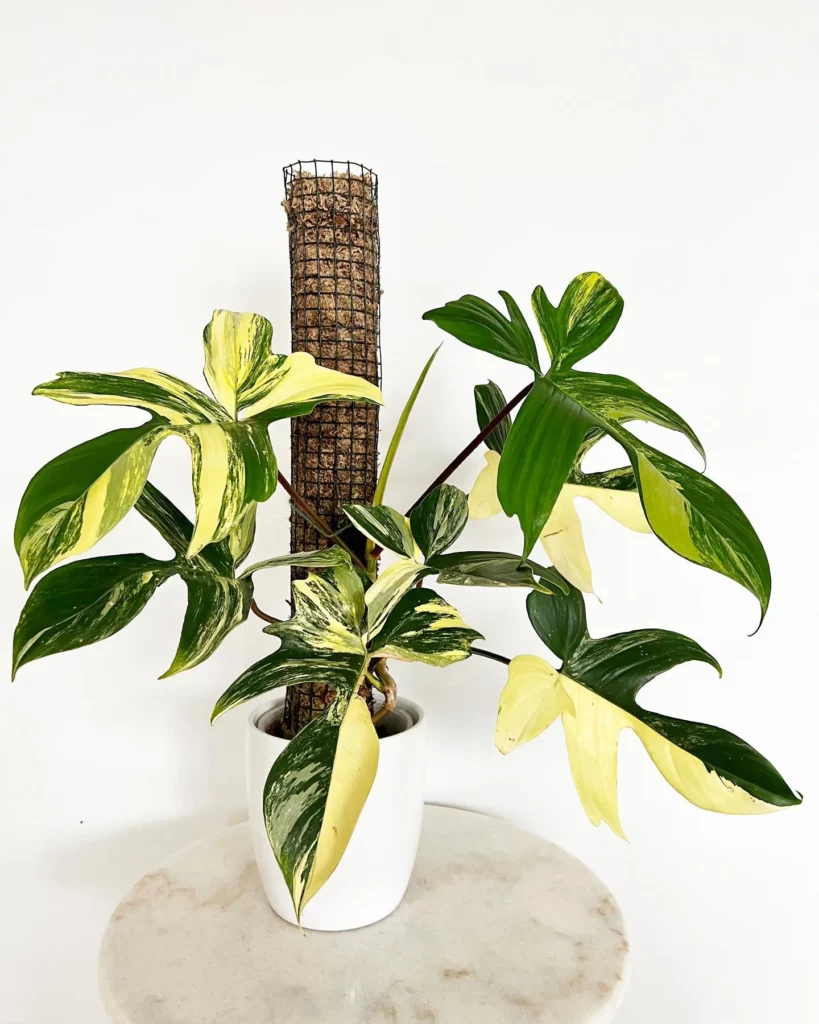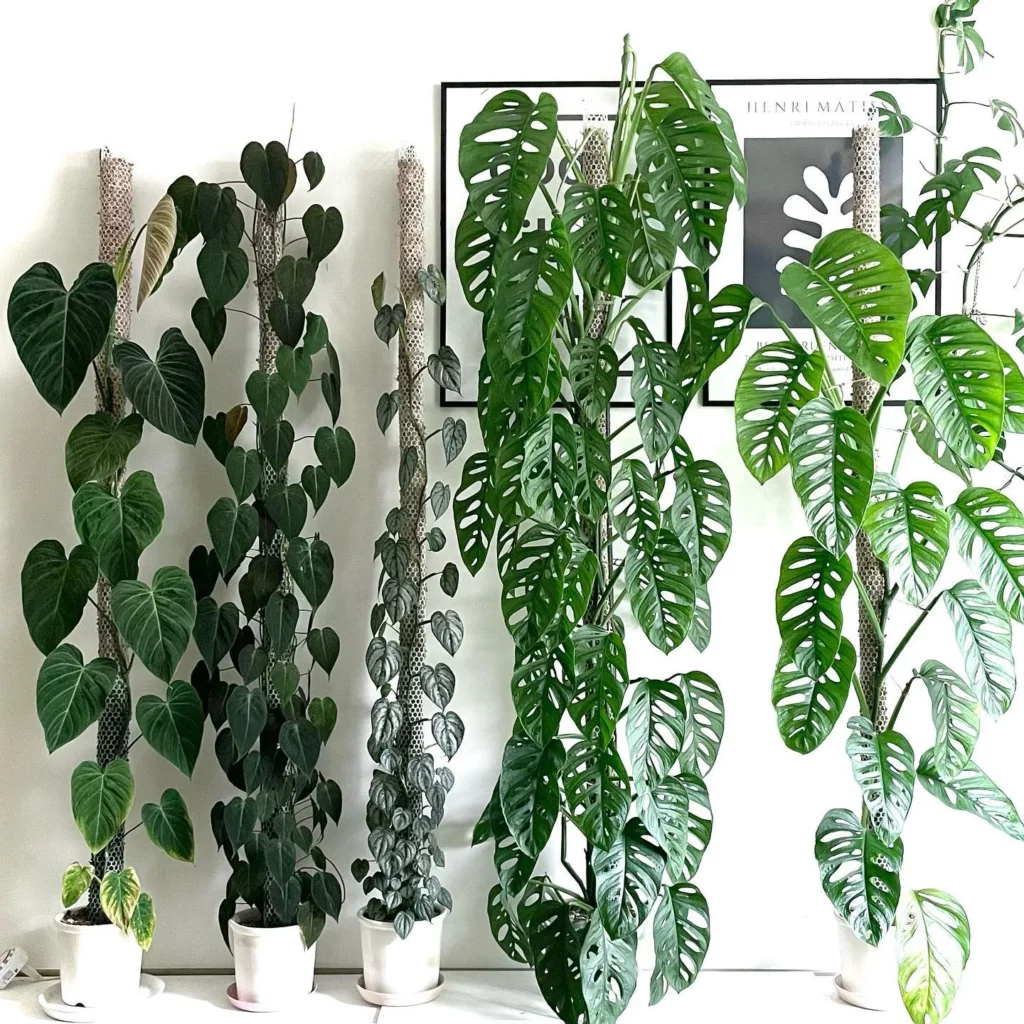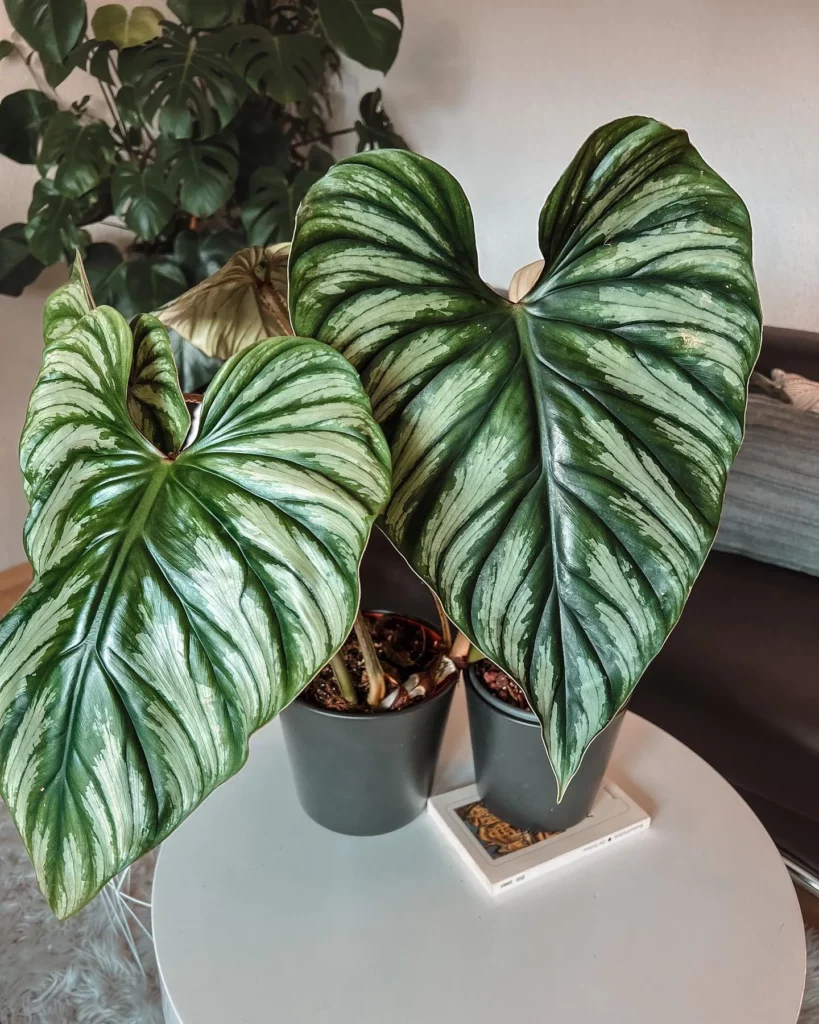Philodendron cuttings are best planted in spring or early summer for optimal growth.
Philodendron cuttings are just what they sound like – pieces of stem or leaf that have been removed from an existing plant in order to grow a new one. These cuttings can be rooted in water or soil, but regardless of which method you choose, timing is crucial.
Importance Of Knowing When To Plant Philodendron Cuttings
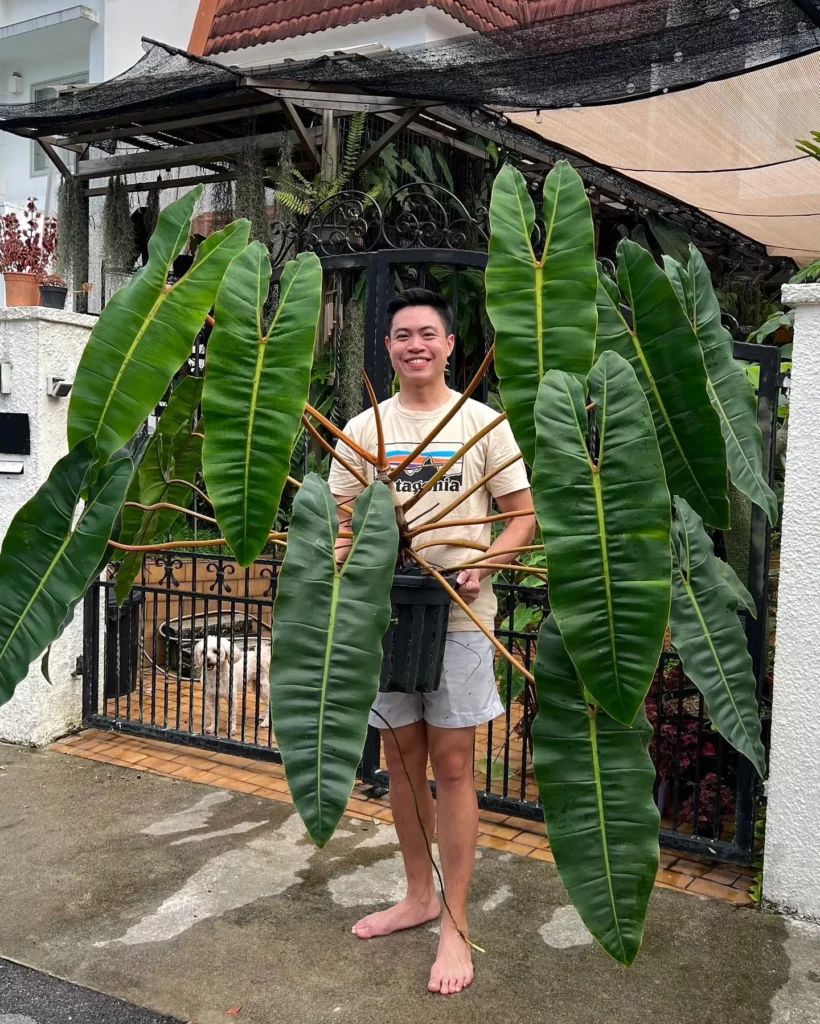

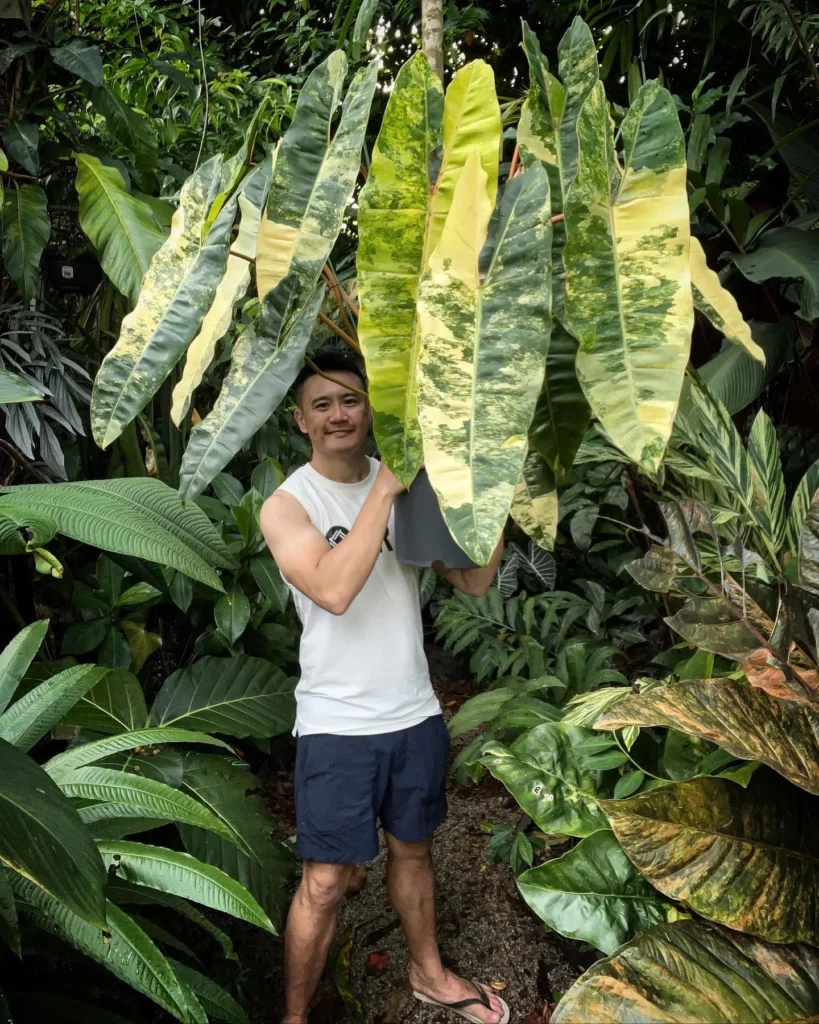
Planting your philodendron cuttings at the right time can make all the difference in their survival and growth. If you plant them too early in the year, they may not have enough warmth or light to thrive.
If you plant them too late, they may not have enough time to establish roots before winter sets in. Timing is also important because philodendrons are tropical plants that thrive in warm temperatures and high humidity.
Planting them during a cooler, drier season could lead to stunted growth or even death. Planting your philodendron cuttings at the right time means that you’ll be able to enjoy their beauty sooner rather than later.
Who wants to wait an extra year for their new plants to mature? Not me!
If you want your philodendron cuttings to thrive and reach their full potential as quickly as possible, it’s essential that you know when the best time is for planting them. Stay tuned for my opinion on when that magic window of opportunity occurs!
Understanding The Growth Cycle Of Philodendron Cuttings
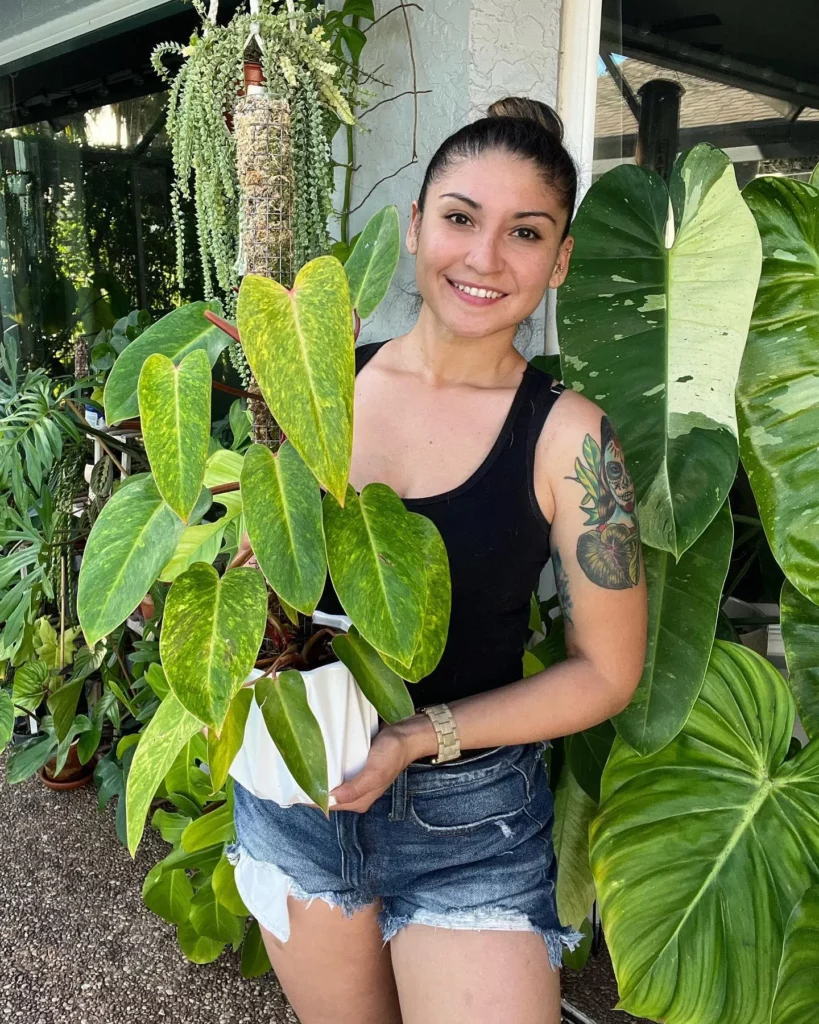
Philodendrons are popular plants that many people love to grow in their homes. There is something special about these tropical beauties that make them stand out from other indoor plants.
One of the most popular ways to propagate philodendrons is through cuttings. However, before you start planting your cuttings, it’s important to understand the growth cycle of philodendron cuttings.
When you take a cutting from a philodendron plant, it will develop roots and eventually grow into a new plant. The growth cycle of philodendron cuttings usually takes about four to eight weeks, depending on various factors such as temperature, humidity, and soil moisture.
The Importance Of Timing In Planting Philodendron Cuttings
Timing is everything when it comes to planting philodendron cuttings successfully. If you plant a cutting at the wrong time, it may not take root and could potentially die.
Therefore, it’s essential to understand when is the best time to plant your philodendron cuttings. The ideal time for planting philodendron cuttings is during the spring season when temperatures are warmer and days are longer.
During this time of year, there is an abundance of natural light that helps the plant produce food through photosynthesis. Springtime also means that there will be more humidity in the air due to increased rainfall.
Factors That Affect The Growth Cycle Of Philodendron Cuttings



There are several factors that can affect the growth cycle of your philodendron cuttings such as temperature, humidity levels and amount of sunlight needed for photosynthesis. Temperature plays an important role in determining how quickly your cutting will root and develop into a new plant. Warmer temperatures tend to speed up this process by stimulating root growth.
Conversely, colder temperatures can slow down the growth process and may even cause the cutting to rot. Humidity levels also play a significant role in the growth cycle of your philodendron cuttings.
High humidity levels are essential for root development as they help retain moisture in the soil. Low humidity levels can cause your cutting to dry out and die.
No products found.
Proper exposure to sunlight is crucial for photosynthesis, which provides food for your philodendron cuttings. Too much direct sunlight can damage the leaves and stunt growth while too little light can cause poor growth and weak stems.
Understanding the growth cycle of philodendron cuttings is crucial when propagating these popular tropical plants. Timing is also key when it comes to planting your cuttings successfully.
Factors such as temperature, humidity levels, and sunlight exposure will ultimately affect how quickly your new plant will grow and thrive. By taking into account these various factors, you’ll be able to give your philodendron cuttings a head start towards a healthy life!
Best Time To Plant Philodendron Cuttings
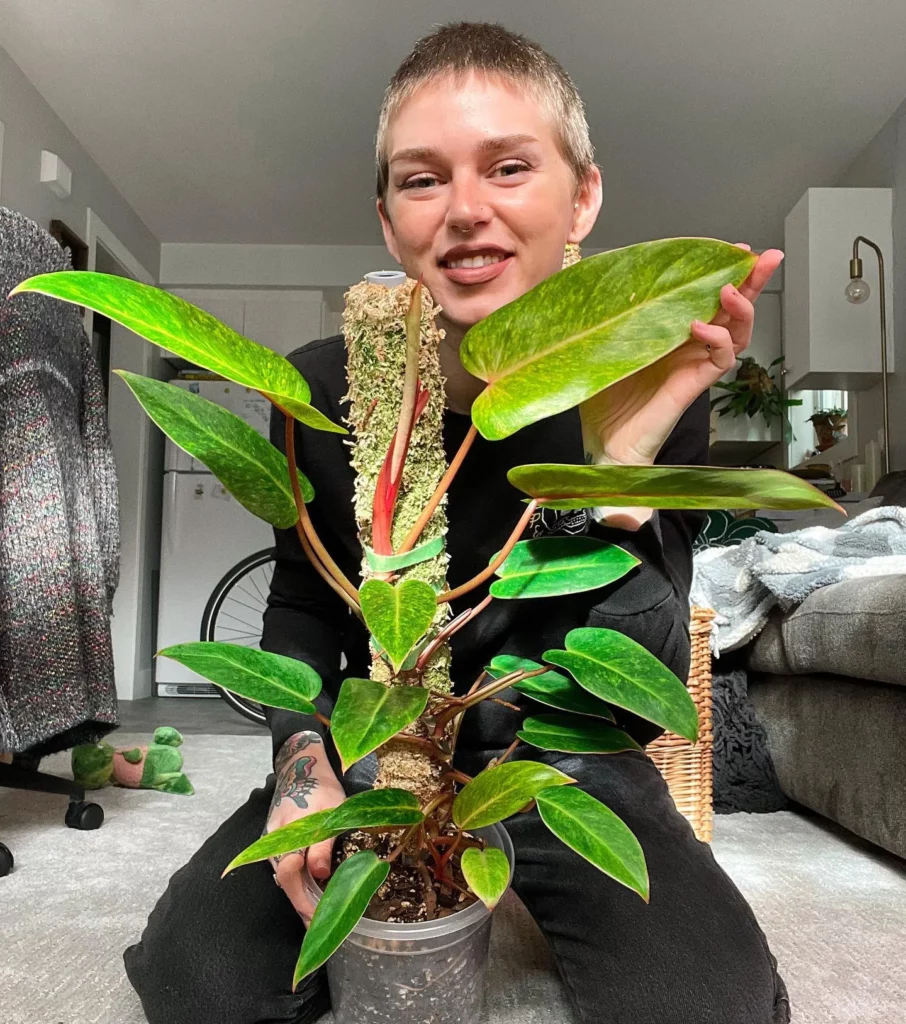
Philodendrons are beautiful, easy-to-grow plants that make a great addition to any home or garden. However, planting philodendron cuttings at the wrong time can result in slow growth, and even death of the plant. Therefore, it is important to know the best time to plant your philodendron cuttings and give them the best possible start in life.
Spring Season – The Ideal Time For Planting Philodendron Cuttings
Spring is undoubtedly the ideal time for planting philodendron cuttings. The days are getting longer, and the temperatures are rising, which means that your plants will have plenty of sunlight and warmth to grow strong roots and leaves. Additionally, there is usually enough rainfall during this season to keep your plant well-watered without over-saturating it.
Another reason why spring is the perfect season for planting philodendrons is that this is when they naturally begin their growth cycle. As soon as you see new growth beginning to emerge from your cutting, you can be confident that it has successfully taken root and will continue growing throughout the summer months.
No products found.
So if you’re looking for a fool-proof way to ensure that your philo cutting grows into a healthy plant, don’t hesitate! Get started in springtime when everything comes back to life.
Creative Section: “Spring Into Action With Your Philodendrons”
Imagine stepping outside on a warm spring day after a long winter indoors. The sun’s rays warmly embrace you as nature begins its annual rebirth.
It’s time for new beginnings – including starting new plants like philodendrons! The first step in nurturing these gorgeous plants happens at just the right time of year.
Summer Season – An Alternative Time For Planting Philodendron Cuttings

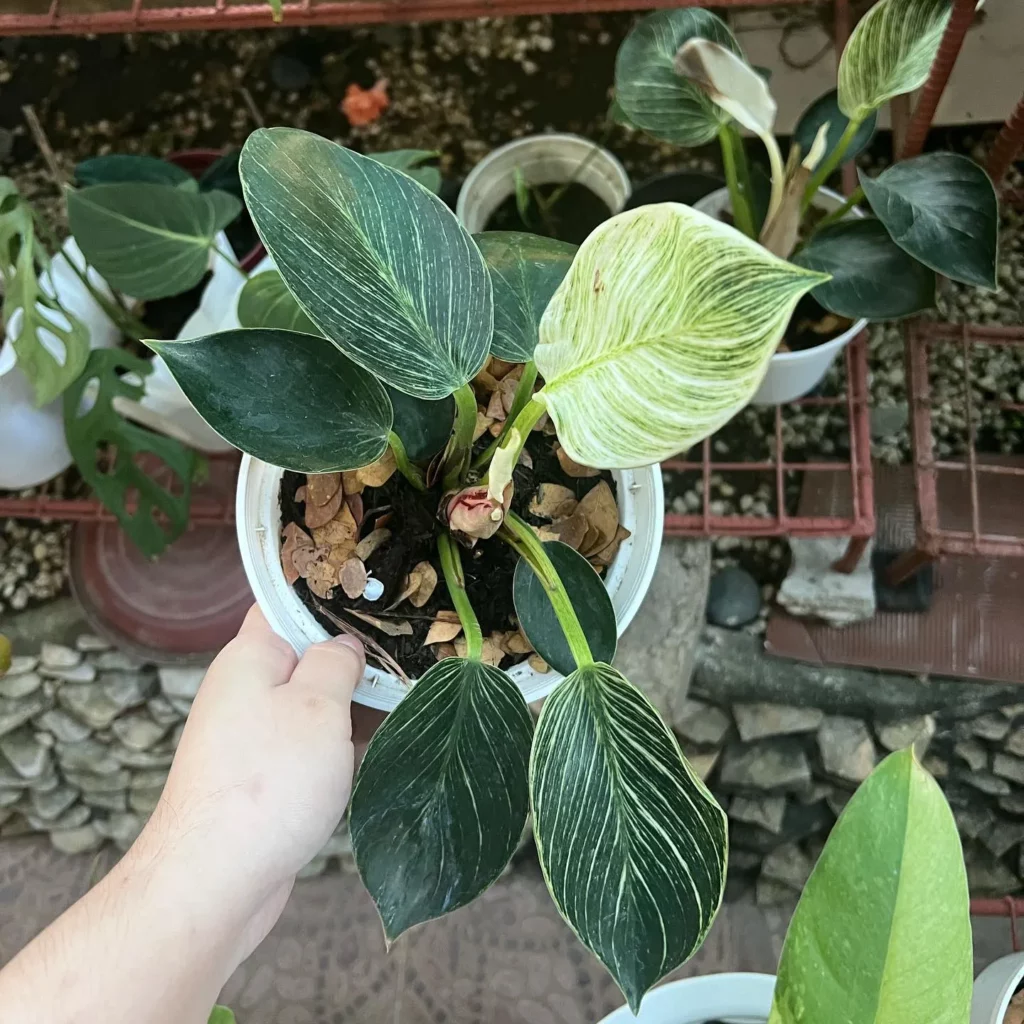

While spring is undoubtedly the best time to plant your philodendron cuttings, summer can also be an alternative option. Although the temperatures are hotter and the days are longer, you can still plant your cuttings successfully with a bit of extra care.
One of the main benefits of planting in summer is that there is a lot more sunlight available, which will help your cutting grow faster and produce lush foliage. Additionally, if you choose to keep your plant indoors or in a shaded outdoor spot, you can avoid any potential damage from direct sunlight.
However, one thing to bear in mind when planting in summer is that you will need to water your philodendron more frequently than during other seasons as it dries out quickly. This means checking on it often to avoid over or under watering since both can be detrimental.
Creative Section: “Summer Lovin’ With Your Philo Cuttings”
Summer brings warm weather and long days filled with sunshine – perfect for growing plants! You may think that late spring would be too late for starting new plants like philodendrons but don’t worry – Summer still provides a great opportunity to get some greenery started.
If done correctly and cared for well, these new additions will continue growing well into autumn’s cooler embrace. Spring is undeniably the best time to plant philodendron cuttings due to its ideal growing conditions and natural growth cycle.
No products found.
However, if you do decide to plant in summer instead, make sure you take extra care regarding watering needs and proper placement of the cutting away from direct sunlight. Regardless of when you choose to start planting your philodendrons though – enjoy watching them grow!
How To Prepare And Plant Your Philodendron Cuttings
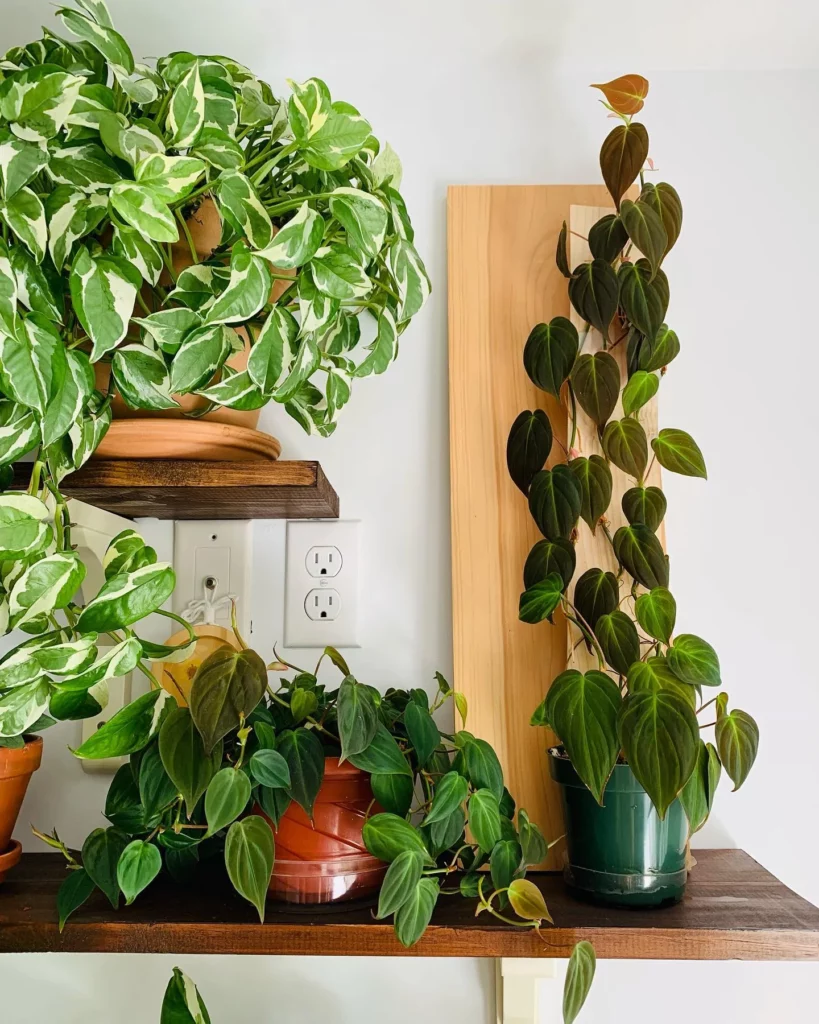
Philodendron cuttings are delicate and require proper preparation and planting for optimal growth. Preparing your soil and container is essential when it comes to planting these beauties. This section will provide you with a step-by-step guide on how to prepare and plant your philodendron cuttings.
Preparing Your Soil And Container
When preparing your soil mix, it’s crucial to choose the right one for your philo cutting. The ideal soil mix for philodendrons is well-draining, rich in nutrients, and slightly acidic. The pH level of the soil should be between 5.5-6.5.
Now, let’s move on to selecting a proper container for your cutting. The container size should be suitable for the size of the cutting you have selected; too big or too small may result in poor growth or even death of the plant.
Setting The Stage For Your Philo Cutting’s Success
To set up a conducive environment for your philo cutting’s success, use clean tools when dealing with them; this eliminates any risk of bacterial or fungal infections that might hinder their growth. Before adding soil into containers, sterilize them using hot water or bleach solution. Make sure that all roots are free from any damage or disease before planting them in their new home; if there are any dead roots present, remove them using sterilized scissors so as not to damage adjacent healthy roots.
Planting Your Cutting In Soil
Planting philodendron cuttings can be quite intimidating if you’re doing it for the first time; however, this little guide will make things easier: Step-by-Step Guide on How to Properly Plant a Cutting in Soil
i) Take out a clean pot that has drainage holes at the bottom.
ii) Fill the pot with your prepared soil mix until it reaches two-thirds of the container’s height.
iii) Create a deep hole in soil using your finger or a stick; this should be deep enough to hold approximately ½ of the cutting’s length.
iv) Insert the cutting carefully into the hole, ensuring that all roots are buried in soil, and press down gently.
v) Add more soil around the cutting until it reaches just below the stem’s nodes.
Do not cover all leaves or stem; this will hinder growth.
vi) Water your new plant thoroughly but carefully to avoid disturbing its roots.
Planting A Seed Of Hope With Your Philo Cutting
Philodendron cuttings are not just plants but a seed of hope for indoor gardeners. The process of planting them is therapeutic and rewarding- every new leaf and root growth feels like an achievement worth celebrating.
Preparing your soil mix, selecting suitable containers, and learning how to plant philodendron cuttings correctly are essential steps that set you up for success as an indoor gardener. With these tips in mind, you’re well on your way to creating a thriving indoor jungle.
Caring For Your Newly Planted Philo Cutting



Watering: Don’t Drown Your Little Buddies!
One of the biggest mistakes new gardeners make when caring for their newly planted philodendron cuttings is overwatering. Sure, you’re excited to see those little green sprouts start to grow, but drowning them in water won’t help.
Instead, aim to give your cuttings a moderate amount of water every few days. When watering your philo cuttings, make sure the soil is moist but not soaking wet.
A good rule of thumb is to stick your finger about an inch into the soil – if it feels dry, it’s time to give your cutting a drink. Use room-temperature water and avoid getting any on the leaves or stem, as this can lead to rot.
Frequently Asked Questions
Philodendron cuttings can be transplanted once they have developed a sufficient root system. This typically takes around 4-6 weeks. Look for well-established roots and healthy growth before considering transplanting.
Yes, philodendron cuttings can be planted directly in soil. Choose a well-draining potting mix and make a small hole in the soil for the cutting. Gently place the cutting in the hole and firm the soil around it. Ensure that the soil remains consistently moist but not overly wet.
The most effective way to root philodendron cuttings is through the water propagation method. Simply place the cut end of the stem in a container of water, making sure that at least one node is submerged. Change the water regularly to prevent stagnation and monitor the development of roots. Once the roots are a few inches long, the cutting can be transferred to soil.
Philodendron cuttings can be rooted successfully in both water and soil. However, water propagation is generally preferred for initiating root growth. Once the roots have developed, it is recommended to transfer the cutting to soil for better nutrient absorption and overall plant growth. Soil provides more stability and support for the plant as it continues to grow.
After reading this, check out our other articles on:
Conclusion

Planting philodendron cuttings can be a rewarding experience for both novice and experienced gardeners alike. By understanding the growth cycle and timing for planting, as well as properly preparing and caring for your new plant babies, you can enjoy fresh growth and lush foliage in no time.
Remember that patience is key when growing philodendrons – don’t expect overnight results or perfect plants right away. But with a little love and care (and some occasional tough love), you can help your philodendrons reach their full potential.
So get out there and plant those cuttings! Not only will they beautify your home or garden space, but they’ll also bring joy and satisfaction every time you see them thriving under your care.

